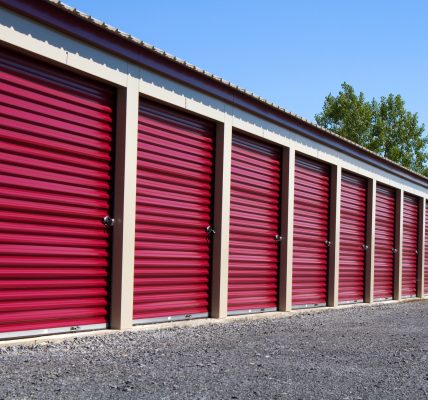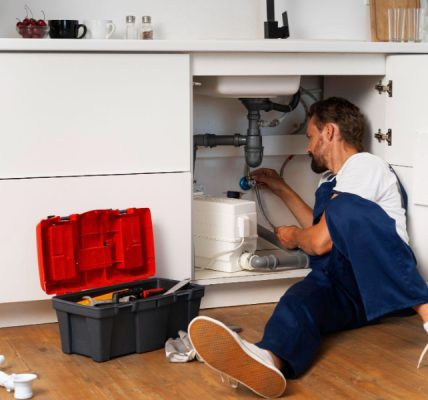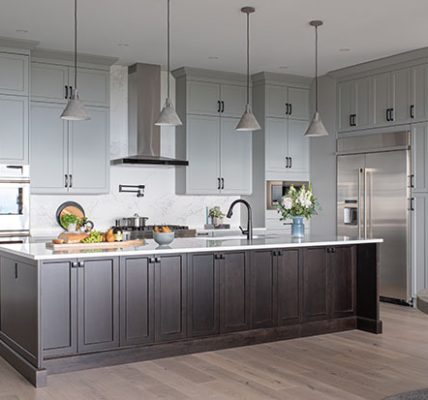LVT stands for Luxury Vinyl Tile, which is a type of resilient flooring made of multiple layers that are fused together to create a durable, versatile, and cost-effective flooring option. LVT can be designed in a variety of colors and patterns to fit any style or décor. LVT flooring is durable and resistant to scratches, stains, and wear and tear. It is also waterproof, making it a popular choice for bathrooms, kitchens, and other high-moisture areas.
LVT flooring is low-maintenance, requiring only regular sweeping and occasional mopping to keep it looking its best. LVT flooring can be installed as a floating floor, meaning it is not glued down to the subfloor. This makes it easier and faster to install than other types of flooring. LVT flooring can be a more cost-effective option than natural materials such as hardwood or stone. It provides the look of these materials without the high price tag.
LVT flooring is often designed with a textured surface that mimics the look and feel of natural materials. This texture adds to the realism of the flooring and can provide additional slip resistance. LVT flooring is a versatile and practical choice for homeowners looking for a durable, low-maintenance, and affordable flooring option.
What are common problems face with LVT flooring and how to resolve them?
While LVT flooring is a durable and low-maintenance option for homes, it can still face some common problems. Here are a few problems that homeowners may face with LVT flooring and how to resolve them:
Scratches:
LVT flooring is resistant to scratches, but heavy furniture or sharp objects can still cause damage. To prevent scratches, use furniture pads under heavy furniture and avoid dragging sharp objects across the flooring. If scratches do occur, they can often be buffed out with a specialized floor cleaner.
Stains:
LVT flooring is resistant to stains, but spills that are not cleaned up promptly can leave a mark. To prevent stains, wipe up spills as soon as they occur. For tougher stains, use a specialized floor cleaner.
Peeling or Curling:
In some cases, LVT flooring can peel or curl at the edges if it was not properly installed. To resolve this issue, contact a professional to re-install the flooring.
Fading:
LVT flooring can fade over time if it is exposed to direct sunlight. To prevent fading, use window coverings to block out direct sunlight. If fading does occur, the affected tiles can be replaced.
Buckling:
LVT flooring can buckle or warp if it is exposed to high temperatures or moisture. To prevent this issue, ensure that the flooring is installed with a proper moisture barrier and avoid exposing it to excessive heat or humidity.
If you experience any of these problems with your LVT flooring, it is best to contact a professional to resolve the issue and ensure that you’re flooring stays in good condition.









